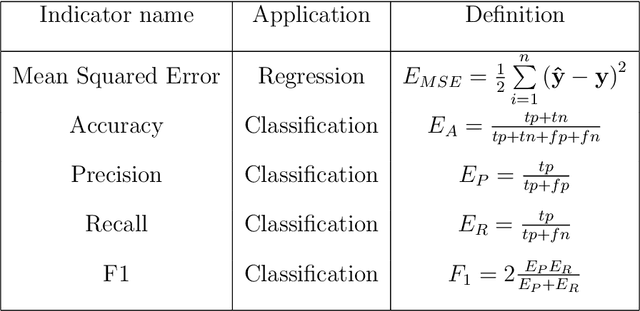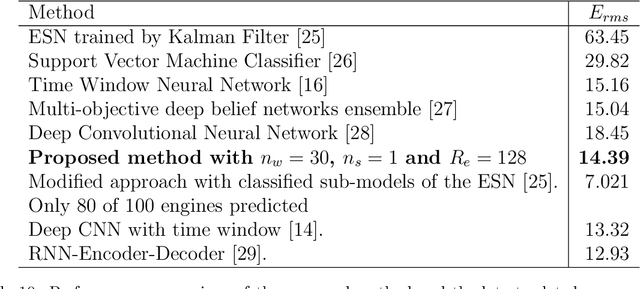David Laredo
Automatic Model Selection for Neural Networks
May 15, 2019



Abstract:Neural networks and deep learning are changing the way that artificial intelligence is being done. Efficiently choosing a suitable network architecture and fine-tune its hyper-parameters for a specific dataset is a time-consuming task given the staggering number of possible alternatives. In this paper, we address the problem of model selection by means of a fully automated framework for efficiently selecting a neural network model for a given task: classification or regression. The algorithm, named Automatic Model Selection, is a modified micro-genetic algorithm that automatically and efficiently finds the most suitable neural network model for a given dataset. The main contributions of this method are a simple list based encoding for neural networks as genotypes in an evolutionary algorithm, new crossover, and mutation operators, the introduction of a fitness function that considers both, the accuracy of the model and its complexity and a method to measure the similarity between two neural networks. AMS is evaluated on two different datasets. By comparing some models obtained with AMS to state-of-the-art models for each dataset we show that AMS can automatically find efficient neural network models. Furthermore, AMS is computationally efficient and can make use of distributed computing paradigms to further boost its performance.
A Neural Network-Evolutionary Computational Framework for Remaining Useful Life Estimation of Mechanical Systems
May 15, 2019



Abstract:This paper presents a framework for estimating the remaining useful life (RUL) of mechanical systems. The framework consists of a multi-layer perceptron and an evolutionary algorithm for optimizing the data-related parameters. The framework makes use of a strided time window to estimate the RUL for mechanical components. Tuning the data-related parameters can become a very time consuming task. The framework presented here automatically reshapes the data such that the efficiency of the model is increased. Furthermore, the complexity of the model is kept low, e.g. neural networks with few hidden layers and few neurons at each layer. Having simple models has several advantages like short training times and the capacity of being in environments with limited computational resources such as embedded systems. The proposed method is evaluated on the publicly available C-MAPSS dataset, its accuracy is compared against other state-of-the art methods for the same dataset.
* Published at Neural Networks 116, (2019) 178-187
 Add to Chrome
Add to Chrome Add to Firefox
Add to Firefox Add to Edge
Add to Edge